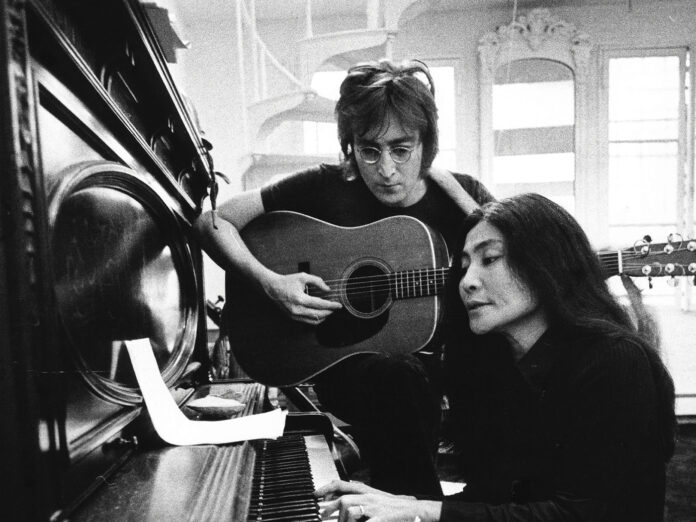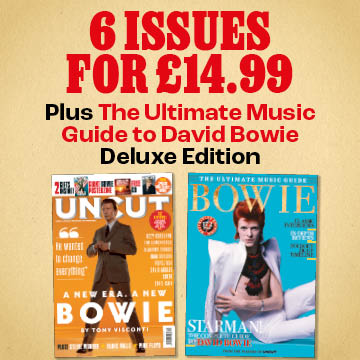“I just like TV,” says John Lennon to an interviewer, somewhere at the heart of Kevin Macdonald’s scintillating, crackling, livewire documentary about John and Yoko Ono’s first year in New York. “It replaced the fireplace when I was a child. They took the fire away, they put a TV in and I got hooked.”
“I just like TV,” says John Lennon to an interviewer, somewhere at the heart of Kevin Macdonald’s scintillating, crackling, livewire documentary about John and Yoko Ono’s first year in New York. “It replaced the fireplace when I was a child. They took the fire away, they put a TV in and I got hooked.”
Half a century after their demise we are certainly hooked on Beatles content. After all this time you might rightfully wonder if we need another John Lennon documentary. Particularly one that revisits a period already exhaustively covered in the 2006 The US vs John Lennon. But Macdonald and his team don’t just meticulously recreate the couple’s tiny West Village bedsit on Bank Street – a few guitars, a typewriter and a black and white TV set at foot of the small double bed. They also vividly recreate the electronic maelstrom that they plugged and plunged into, like Alice through the Looking Glass, via the TV and the telephone.
While the 2006 film was an overfamiliar, lionising grind of 21st century talking heads self-righteously proclaiming the wisdom of hindsight, Macdonald brings 1971 to vivid, lurid life. Adam Curtis is an obvious comparison, but Macdonald works some of his hallucinatory cathode alchemy, cutting together news reports from Attica and Vietnam, TV commercials for Clorox, the campaign trails of Nixon, George Wallace and Shirley Chisholm, gameshows, chat shows and the chaotic counterforce of Jerry Rubin, Allen Ginsberg and John Sinclair, watching the sparks fly.
Perhaps even more revelatory are the audio of the phone calls John and Yoko carefully recorded, quite rightly anticipating some future bust and deportation. You hear the enthusiasm of John on the phone to Allen Klein, trying to convince him of his plans for some righteous Jesse James tour through America, freeing the prisoners. You hear Yoko and her assistants’ laborious attempts to secure a supply of 200 flies for her MoMA exhibition. Eventually, you hear John’s growing disillusionment with Rubin’s plan to call half a million a kids to face the cops at the 1972 Republican convention in Miami.
The film is centred around beautifully restored footage from the benefit show John and Yoko performed for the Willowbrook special needs school at Madison Square Gardens in August 1972 – what would turn out to be John’s only full-length post-Beatles concert. But though there’s a fab performance of “Come Together”, an almost unbearable rendition of “Mother” and a version of “Imagine” – cut to footage of Willowbrook kids playing in Central Park, that redeems the song – the real revelation of this film is hearing John’s voice, at the absolute dark heart of 20th century celebrity, madness and violence, sounding suddenly like the sanest man in New York, saying he’s not going to call children to a riot. “They’re all men,” he says, despairing of the would be heroes of the counterculture. “Where are the women? Where’s Mrs Hoffman?”



